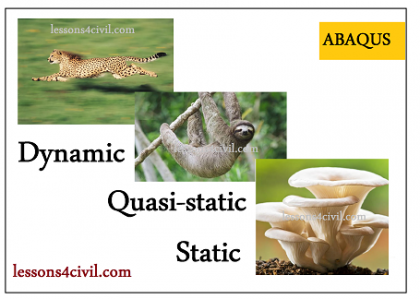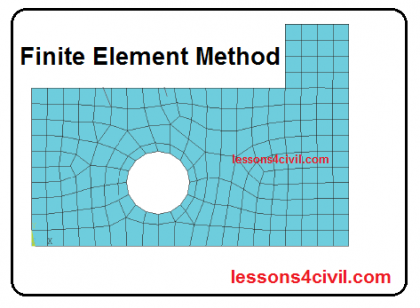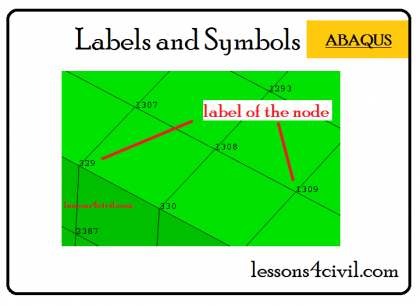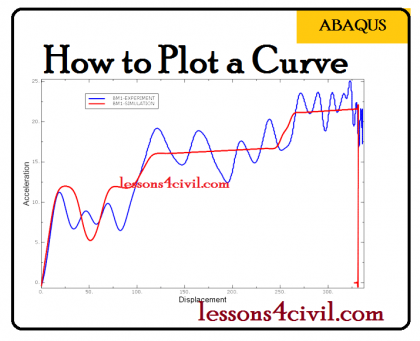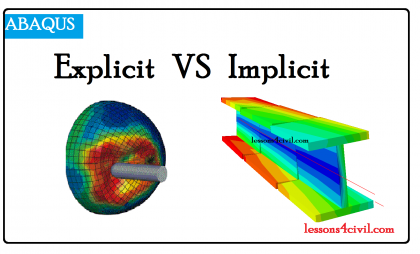Static, quasi-static and dynamic
Static, quasi-static and dynamic properties These technical terms are usually a bit confusing for beginners and occasional users. This article is aimed to explain the differences and assumptions of each term. A static problem is when acceleration is zero. Therefore, based on newton law the sum of all forces is equal to mass multiplied by […]


